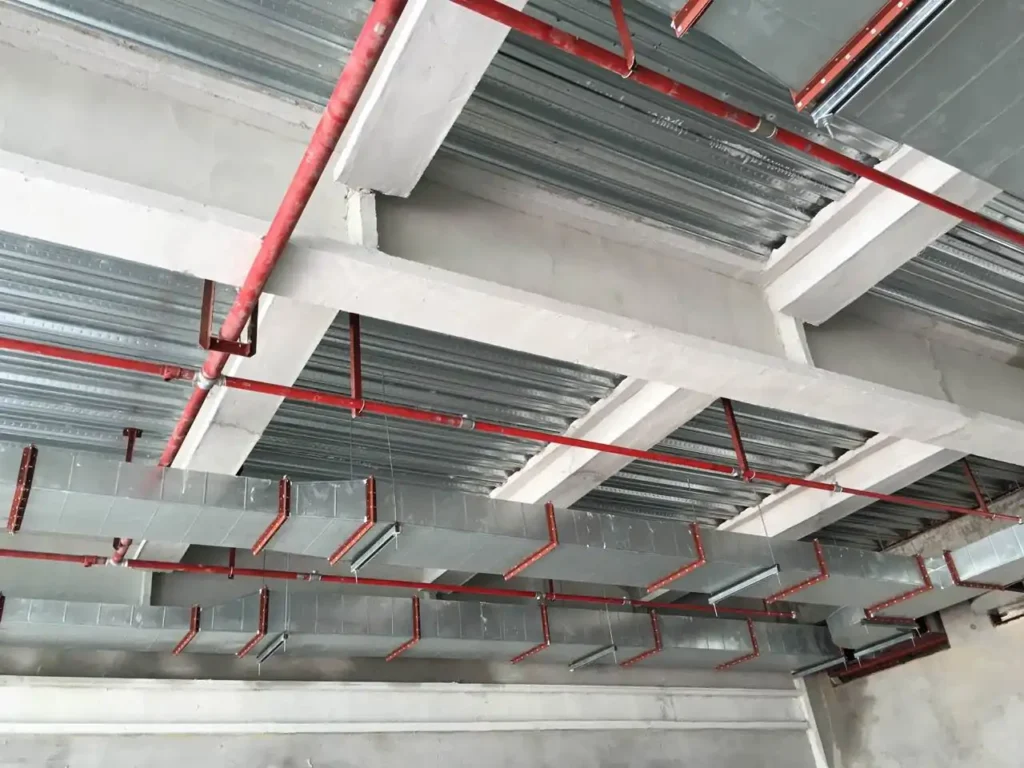Magnesium hydroxide is an inorganic smoke suppressant widely used in fire-retardant coatings due to its characteristics such as endothermic heat decomposition, release of water vapor, dilution of flammable gases, and formation of fire-retardant residues. However, the application of unmodified magnesium hydroxide in coatings has certain limitations:

- Easy agglomeration and poor dispersibility, affecting coating workability;
- Poor matching of oleophilic/hydrophilic properties, leading to compatibility issues;
- At high addition levels, mechanical properties of the coating decrease (such as adhesion, flexibility, hardness);
- Limited smoke suppression/fire retardant efficiency in certain systems.
To optimize the performance of magnesium hydroxide, surface modification is a common solution. This paper will explore how different modification methods enhance the dispersibility, compatibility, smoke suppression efficiency of magnesium hydroxide, and their impact on coating properties.
I. Surface Modification Methods of Magnesium Hydroxide
1. Organic Modification
Silane Coupling Agent Treatment
- Principle: One end of the silane molecule bonds with the hydroxyl groups of magnesium hydroxide, while the other end is compatible with organic groups, improving its dispersibility in organic coating systems.
- Advantages: Enhances lipophilicity and improves compatibility in coatings such as epoxy resins and polyurethanes.
- Common Modifiers: KH-550 (aminosilane), KH-570 (methacryloxypropyltrimethoxysilane).
- Schematic of Modification Reaction:
Mg(OH)₂ + R-Si-(OR)₃ → Mg-O-Si-R + H₂O
Fatty Acid Treatment (e.g., Stearic Acid)
- Principle: Through the encapsulation of long-chain fatty acid molecules, magnesium hydroxide is hydrophobized, improving its dispersion stability in non-polar coatings.
- Applicable Coatings: Oil-based paints, powder coatings.
2. Inorganic Modification
Borate/Phosphate Coating
- Action: Forms a stable phosphate/borate coating on the surface of magnesium hydroxide, improving thermal stability and fire retardant efficiency.
- Modification Example:
Mg(OH)₂ + H₃PO₄ → MgHPO₄ + H₂O - Advantages:
- Lowers the thermal decomposition temperature, enhancing the smoke suppression effect.
- Forms an efficient char layer, improving fire retardant performance.
3. Composite Modification
Magnesium Hydroxide/Montmorillonite Nanocomposite Modification
- Principle: Utilizing layered montmorillonite to encapsulate magnesium hydroxide, forming uniformly dispersed nanoscale composites, improving fire resistance and smoke suppression effects.
- Advantages:
- Further enhances the thermal stability and durability of the coating.
- Improves barrier properties, reducing smoke generation.
II. Effect of Modification on Smoke Suppression Performance of Magnesium Hydroxide
- Silane and stearic acid modification significantly improve the dispersibility in organic coatings, and the smoke suppression efficiency is also high.
- Phosphate modification is more suitable for high-temperature fire-resistant coatings, with excellent smoke suppression and fire retardant capabilities.
- Magnesium hydroxide using montmorillonite nanocomposites exhibits the optimal smoke suppression efficiency.
III. Application Recommendations
Choose the Appropriate Modification Method:
- Waterborne Coatings: Unmodified magnesium hydroxide or phosphate-modified magnesium hydroxide.
- Oil-based Coatings (Epoxy, Acrylic, Polyurethane): Silane-modified magnesium hydroxide.
- Powder Coatings: Stearic acid-modified magnesium hydroxide.
- High-Temperature Fire-Resistant Coatings: Phosphate-modified or montmorillonite composite-modified magnesium hydroxide.
Control Modification Parameters:
- The dosage of the modifier is generally controlled between 3% and 10% (excessive amounts will affect the rheological properties of the coating).
- Optimize dispersion processes (ultrasonic dispersion, high-shear mixing) to improve the uniform distribution of the modifier.
Combine with Other Flame Retardants:
- Magnesium hydroxide + Phosphorus-based flame retardants (APP) → Synergistically enhance flame retardancy and smoke suppression effects.
- Magnesium hydroxide + Aluminum hydroxide (ATH) → Balance cost and performance.
IV. Future Research Directions
- Intelligent Controllable Release Modified Magnesium Hydroxide: Temperature-responsive nano-encapsulation technology to improve thermal stability.
- Composites of Magnesium Hydroxide with Novel Two-Dimensional Materials (e.g., MXene, Graphene): Explore super smoke-suppressing and fire-retardant coatings.
- Bio-based Modification Strategies: Such as using biodegradable polymer encapsulation to improve environmental performance.
